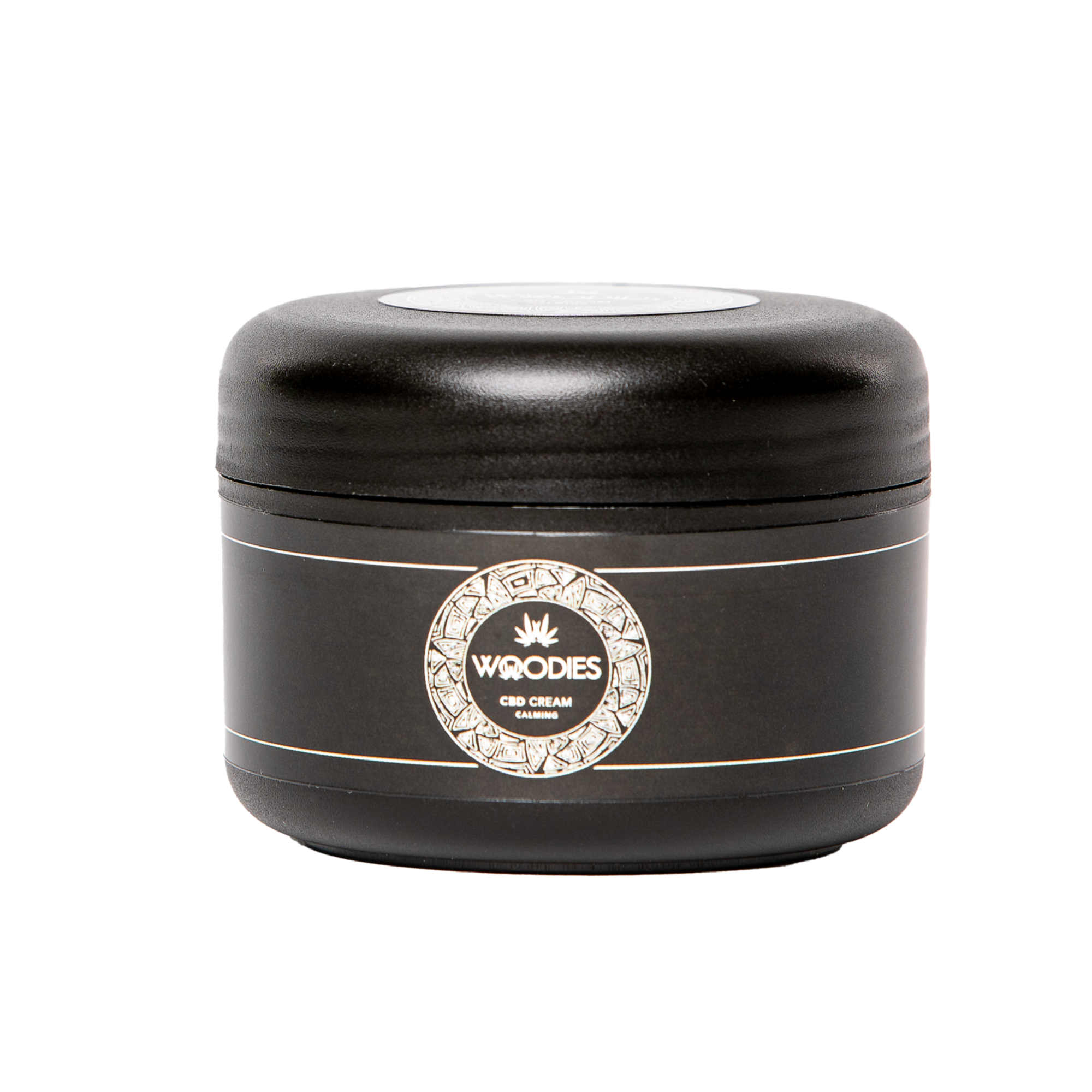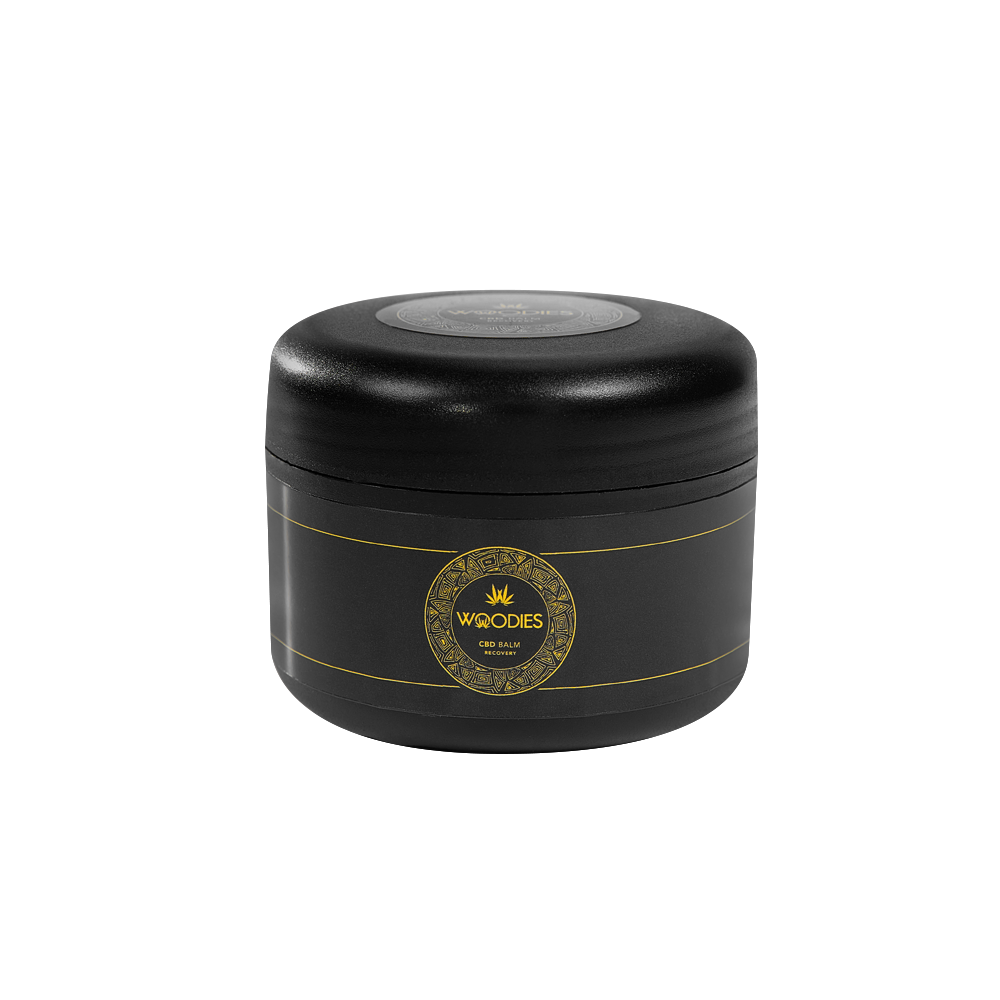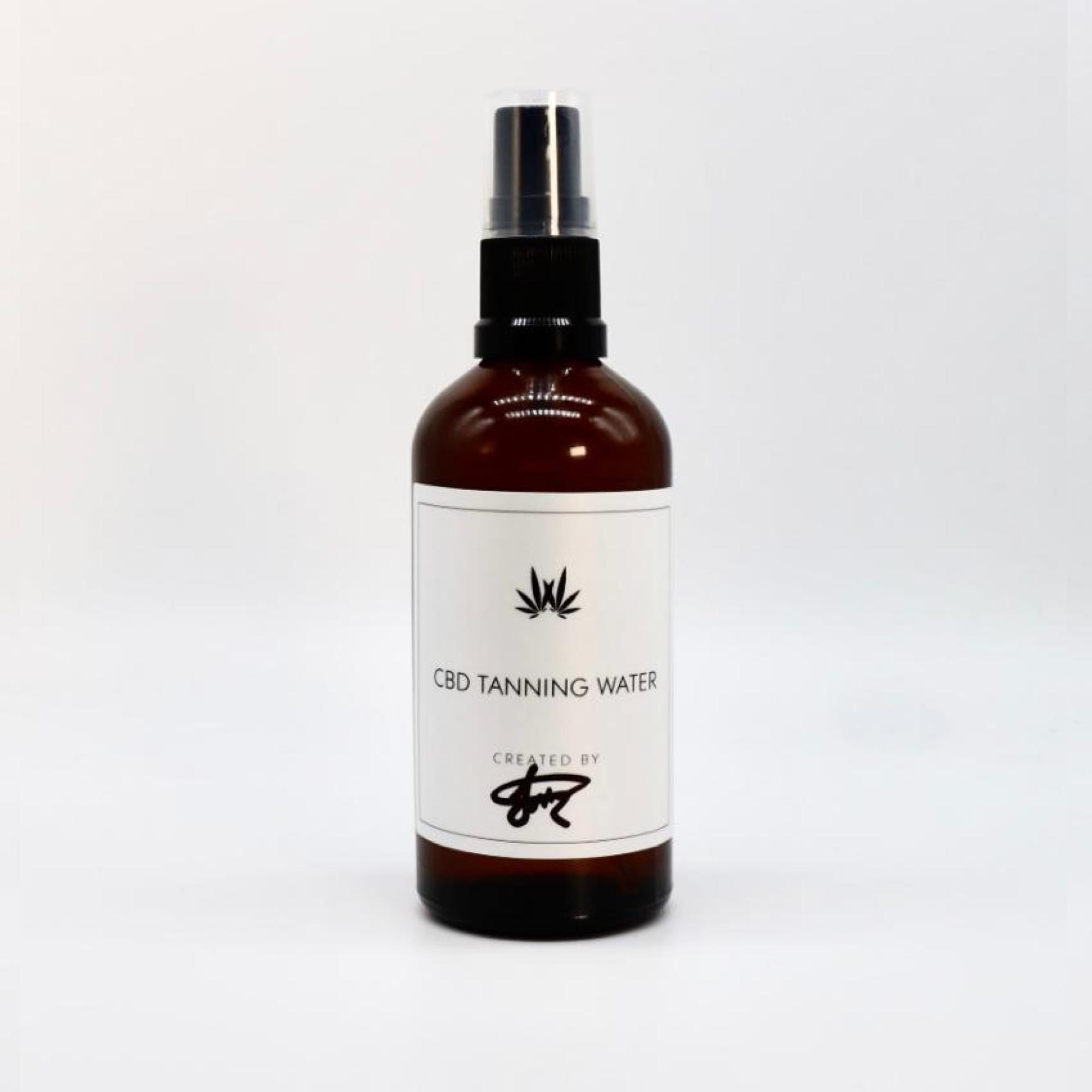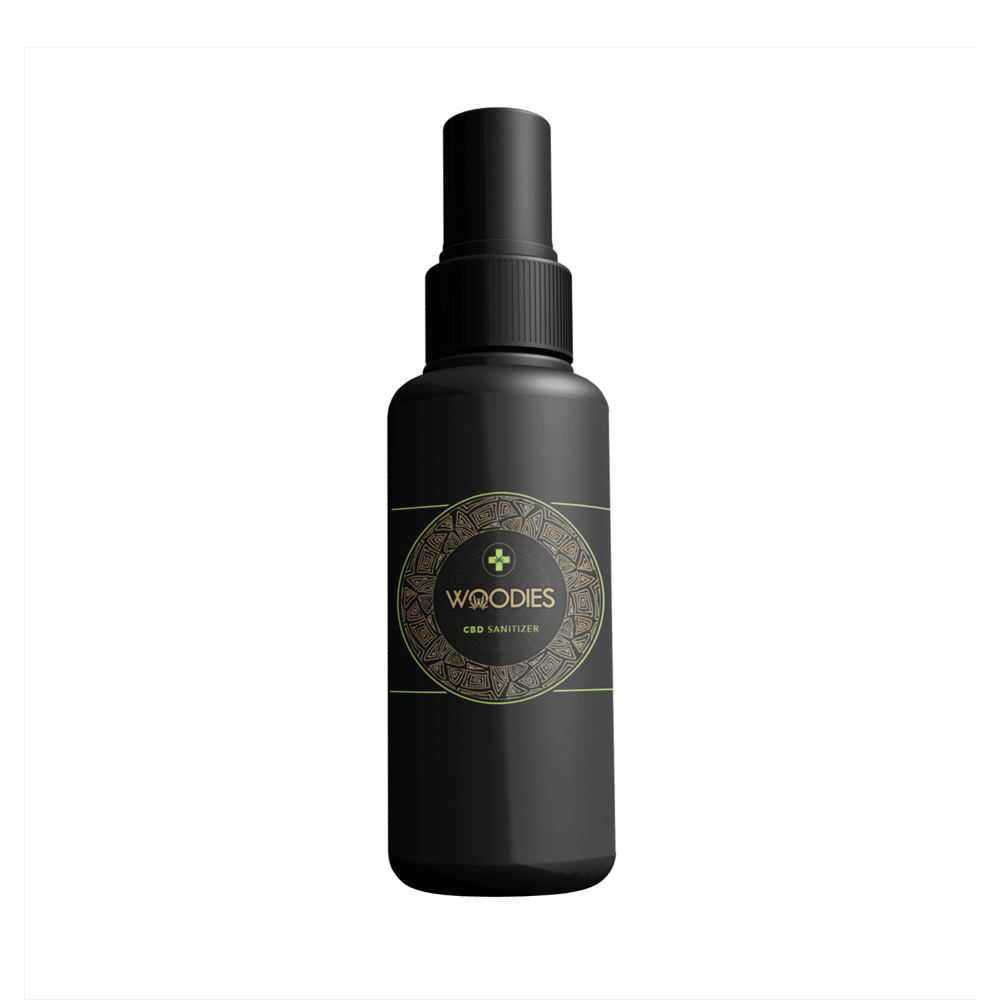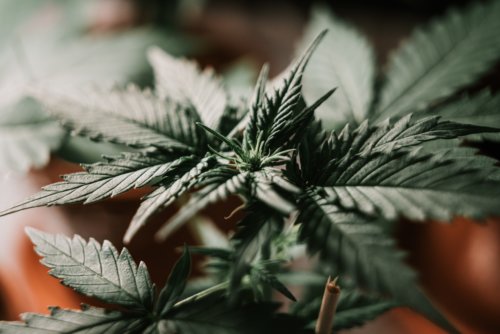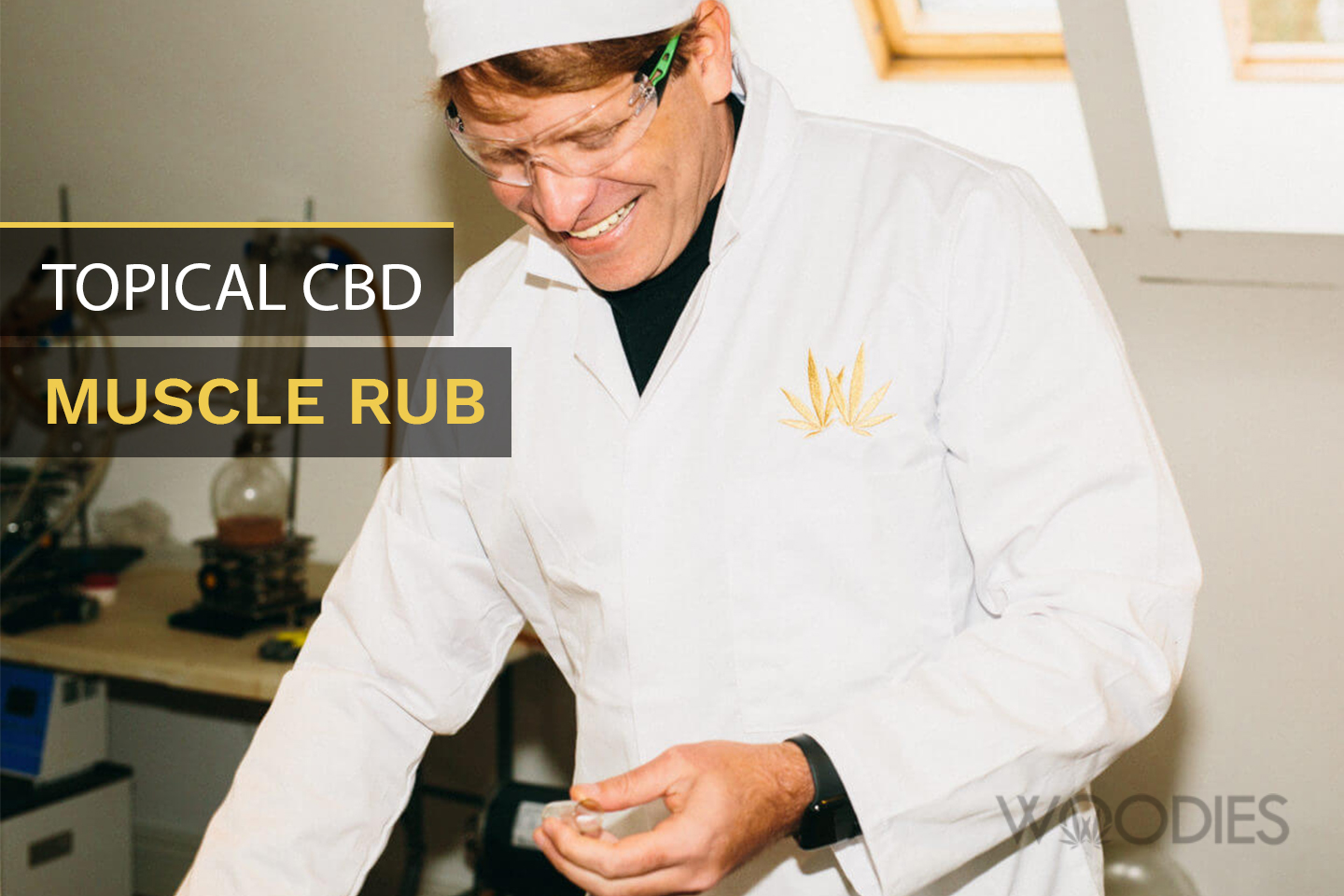
Topical CBD Muscle Rub
Why develop a Topical CBD Muscle Rub? Now that I’ve hit my mid-40s, I like to think I’m in good shape – especially compared to when I was in my 30s – a heart attack certainly makes you reassess your lifestyle choices! So now I eat healthy food - organic where possible - and try to remain as active as possible, working out every day. But although I like to think I’m healthier than ever these days, I’m not immune to the occasional aches and pains that unfortunately seem to accompany the onset of middle age - and that’s before I even hit the gym! Reaching for some muscle rub the day after a particularly gruelling workout, I found myself thinking how much more effective it would be with some added CBD to really tame that pain. So, after lots of research, I formulated my own CBD-infused Recovery Balm and it leaves my aching body feeling cool and calm - I can’t live without it. If your body is in need of some TLC and you’re wondering whether a topical CBD rub is the answer, read on to find out more.
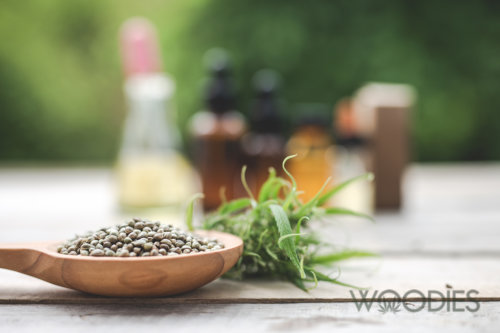
Aching muscles and joints
However healthy we are, there’s always going to be times when we need something to soothe our aching muscles and joints. Research has shown that CBD interacts with the neurotransmitters within our endocannabinoid system – the body’s complex signalling system vital for our overall health – to reduce pain and inflammation, without many of the side effects of prescription drugs. That’s why for many of us, CBD is a must-have product, offering a healthy and effective alternative to conventional pain and anti-inflammatory medications. In fact, CBD is surfing the wave of popularity with no wipeout insight. Part of our desire to achieve the ultimate healthy lifestyle, it’s become synonymous with wellbeing but many of us still associate the many benefits of CBD with ingesting it in its oil form rather than slathering it over our skin. Human skin, though, is tough to penetrate so can topically be applied CBD actually work?
Topical CBD
I’ll get straight to the point, which is literally what topical CBD does. Applied directly to the affected area, it can swiftly address pain and inflammation at specific parts of the body, such as the joints. Even just the act of massaging the product into our skin can help to ease discomfort and promote circulation. Not to be confused with transdermal patches which although also applied to the skin are actually designed to target deeper levels of the body, topicals can be in the form of creams, lotions, oils, balms and gels infused with CBD that are applied directly to the skin. Used in this way, CBD won’t enter the bloodstream in significant quantities so is unlikely to address any systemic issues, but it does have high lipophilicity meaning it dissolves easily in oils, fats and lipids and is readily absorbed into the layers of the skin. This means that with a high enough concentration of CBD, rather than simply masking discomfort, it could actually make it go away for a certain period - since it targets the many cannabinoid receptors located close to the surface of the skin that deal with pain sensation and inflammation.
Although more long-term well-controlled clinical trials are needed to truly discover the pain and inflammation-relieving effects of topical CBD, studies to date have yielded promising results. One study concluded that topically applied CBD stopped the development of oedema (a form of fluid retention that causes swelling), and a high amount of CBD was found to have accumulated within the skin and muscle below – showing that its action is potentially long-lasting (1). It’s also been reported to promote wound healing and reduce pain, inflammation and blistering with no adverse effects in children with epidermolysis bullosa, a type of skin disorder that can cause fragile skin and painful blisters (2).
CBD & Nature's Friends
What’s more, there’s evidence to suggest CBD could be more effective with the addition of other ingredients. Blending CBD with hyaluronic has been shown to make it more readily absorbed into the skin to address pain (3). Mixed with Olive extract, Mentha arvensis leaf oil and anhydrous colloidal silica for topical application, it can potentially help with arthritis and osteoporosis-related joint and muscle inflammation (4), and it’s also been reported to treat the pain and swelling caused by inflammation in arthritic diseases when coupled with Argan oil (5). Combined with Calendula flower extract, CBD exerts anti-inflammatory, antioxidant, emollient and bactericidal activity, (6) while the addition of Boswellic acids is also said to increase topical CBD’s anti-inflammatory properties (7).
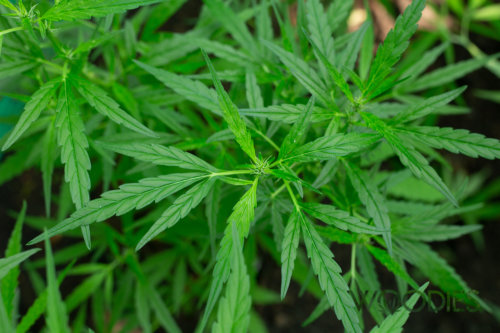
Read More: Cannabigerol (CBG)
Added Benefits
Topical CBD has the added advantage of being good for the skin, too. In vitro evaluations have found that CBD is antibacterial and can reduce both inflammation in the sebaceous glands and sebum production, making it a good choice for acne and blemish-prone skin (8), (9). It also suppresses the reproduction of hyperproliferative keratinocytes, meaning it could potentially benefit people with skin conditions such as psoriasis (10). The fact that many of the topicals on the market feature CBD blended with nourishing and healing botanical oils means you could soon find they become an essential part of your all-over body and skin treatment regime.
Of course, I believe my Recovery Balm is the best you can buy, but with a dazzling array of topicals on the market, it’s about personal preference – and choosing one that suits your particular needs. The effectiveness of any topical CBD product will depend on a variety of factors including source, quality, concentration and dosage so remember to study the label carefully and make sure you buy one that has a high enough concentration of cannabidiol to actually deliver what it promises. What will you use it for? If you intend to use it as a post-workout muscle-rub or to relieve pain and inflammation, I’d suggest choosing one that also contains menthol, camphor and eucalyptus which will help to neutralise any aches and cramps whilst fighting inflammation. Arnica will address swelling and bruising and help with osteoarthritic-type pain. One thing to also bear in mind is that you’ll be applying the product directly on your skin, so go for one that’s as natural as possible and contains other beneficial ingredients to complement the effects of the CBD – look out for ones that are packed with vitamin, antioxidant and omega-rich oils, to soothe and protect the skin. A CBD topical with added calming essential oils is the perfect choice to promote relaxation as you massage it into your skin.
CBD Balm Considerations
Whether you choose a cream, oil, gel or balm, it should be:
- Free from THC
- Third-party lab-tested
- Free from synthetic chemicals, parabens and mineral oils
- Cruelty-free
But please do remember to consult your doctor before using any form of CBD and always patch test on your forearm each day for 48 hours prior to use in case you are allergic to any of the ingredients.
Disclaimer
→ This article is not intended to diagnose, treat, cure or prevent any ailment, illness or disease.
→ For a full report on the recreational use of CBD read WHO's Critical Review Report on CANNABIDIOL (CBD)
References
https://www.ncbi.nlm.nih.gov/pmc/articles/PMC6222489/
- Lodzki M., Godin B., Rakou L., Mechoulam R., Gallily R., Touitou E., Cannabidiol—Transdermal delivery and anti-inflammatory effect in a murine model. J. Control. Release. 2003.
- Chelliah M.P., Zinn Z., Khuu P., Teng J.M.C., Self-initiated use of topical cannabidiol oil for epidermis bullosa. Pediatr. Dermatol. 2018.
- Jackson D.K., Hyatt K. Silicone and Hyaluronic Acid (HLA) Delivery Systems for Products by Sustainable Processes for Medical Uses Including Wound Management. U.S. Patent. 2013.
- Siurkus J. The Oleo Gel Composition and Delivery System with Active Compounds from Cannabis Sativa and Mentha Arvensis for Reduction of Inflammation and Pain in Deep Tissues. 2017.
- Shemanski M.E. Formulations of Argan Oil and Cannabidiol for Treating Inflammatory Disorders Including Arthritis. 2017.
- Siurkus J., Peciura R. The Topical Composition with Active Compounds from Cannabis Sativa and Calendula Officinalis for Reduction of Skin Lesions. 2017.
- Skalicky J., Husek J., Hofbauerova J., Dittrich M. A composition for the treatment of inflammatory diseaeses comprising boswellic acids and cannabidiol. European Patent. 2012.
- Olah A., Toth B.I., Borbiro I., Sugawara K., Szollosi A.G., Czifra G., Pal B., Ambrus L., Kloepper J., Camera E., et al. Cannabidiol exerts sebostatic and anti-inflammatory effects on human sebocytes. J. Clin. Investig. 2014.
- Allen T.M., Cullis P.R. Liposomal drug delivery systems: From concept to clinical applications. Adv. Drug Deliv. REV. 2013
- Allen T.M., Cullis P.R. Drug Delivery Systems: Entering the Mainstream. Science. 2004.
If you’ve found this helpful, please share. And if you have any further questions, please let me know below and I or one of my team will do our best to provide you with answers.
Jx
Jamie Wood, Founder & CEO
Related Post
CBD Health Benefits – Interesting and unexpected CBD Health Benefits including Side Effects If you’ve been wondering about CBD Health Benefits here are 10 Interesting and unexpected CBD Health Benefits including side effects. So for any and every question regarding the health benefits of CBD, you’ve come to the right place: I’ve made it my […]

